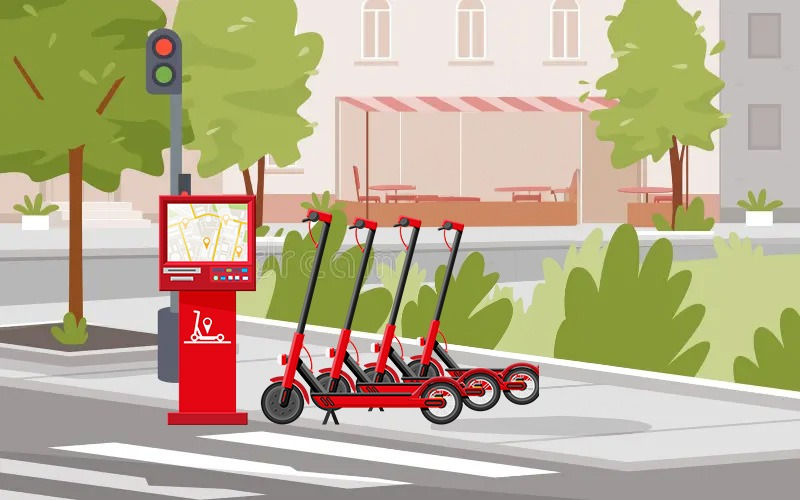E-Scooters vs. Traditional Transport: Which is Better for Cities?
- UGOOG

- Aug 18
- 1 min read
Updated: Aug 19
As cities grow denser and traffic congestion worsens, commuters are searching for faster, cleaner, and more affordable ways to get around. Traditional transport modes like cars, buses, and taxis are reliable but often slow and polluting. Enter e-scooters — lightweight, eco-friendly, and designed for short-distance travel. But can they really replace or complement existing transport systems?

1. Speed & Convenience
Cars can get stuck in traffic, while buses often face delays.
E-scooters bypass congestion on cycle lanes or smaller roads, making short trips significantly faster.
2. Cost Efficiency
E-scooter rentals are usually cheaper than taxi fares.
Owning a scooter costs less in fuel, parking, and maintenance compared to cars.
3. Space-Saving Solution
A single car takes up the space of 10+ parked e-scooters.
Scooters reduce the strain on parking infrastructure in crowded urban areas.
4. Environmental Benefits
Unlike gas-powered vehicles, e-scooters produce zero direct emissions.
Studies show that cities adopting micro-mobility see measurable improvements in air quality.
Conclusion
E-scooters aren’t meant to replace cars or buses entirely — but they shine in the “last-mile” zone. For daily commutes and short trips, they are faster, cheaper, and greener, making them an ideal fit for the modern urban landscape.
Comments